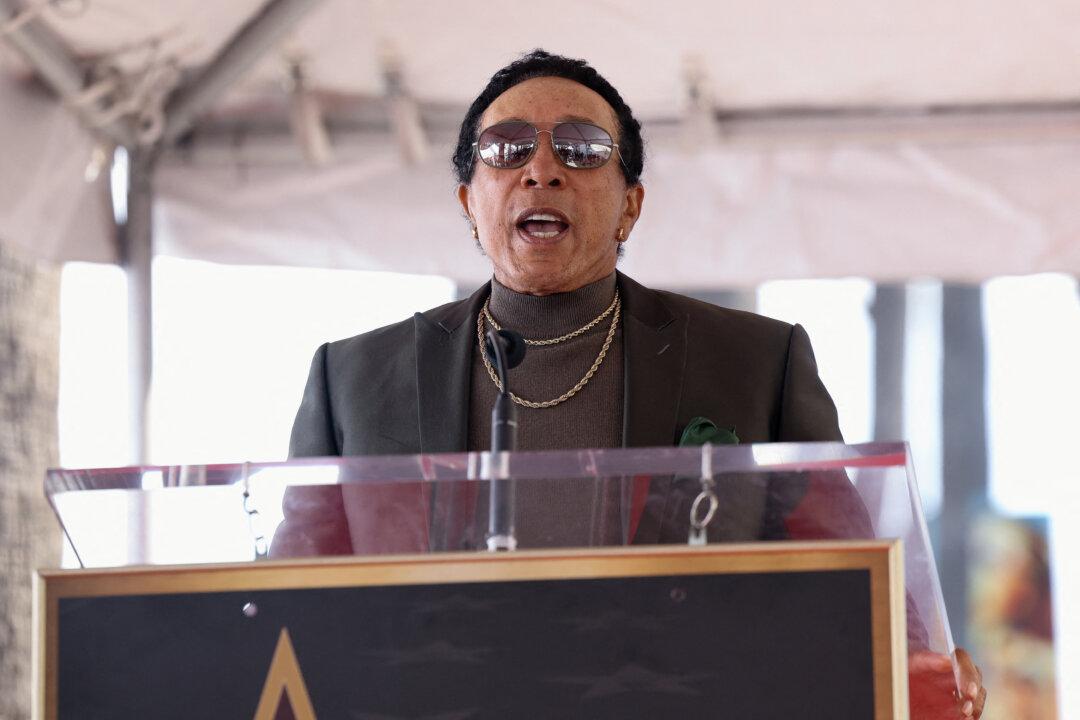LONDON—British retail sales jumped back almost to pre-coronavirus lockdown levels in June when non-essential stores in England reopened, giving a boost to beleaguered clothing stores.
Sales volumes in June leapt by 13.9 percent from May, above all forecasts in a Reuters poll of economists.
A 70 percent surge in clothing and footwear sales reversed much of their slump in recent months, though the sector remains one of the worst hit, with spending 35 percent below pre-pandemic levels.

Overall sales volumes rose to within 0.6 percent of February’s level. Excluding fuel sales, hit by less commuting and other travel, volumes were 2.4 percent higher than in February.
Household goods stores also saw strong sales in June especially for furniture and DIY materials. Home improvement retailer Kingfisher this week forecast first-half underlying profit ahead of last year after exceptionally strong demand.
Retail sales represent only about a third of consumer spending, however, and other figures suggest people remain cautious about returning to places like bars and restaurants.

“The surge in retail sales volumes in June is not a sign that households’ overall spending also is recovering fully and rapidly,” said Samuel Tombs of Pantheon Macroeconomics.
Britain’s economy shrank by more than a quarter in March and April and only recovered slightly in May when there was a limited relaxation of the lockdown imposed on March 23.
The Bank of England’s chief economist, Andy Haldane, says payments data has suggested a rapid, V-shaped recovery though many of his colleagues are doubtful about a sustained recovery.
The British Retail Consortium said earlier this month that spending among its members—typically large high-street chains—was 3.4 percent higher this June than last year.
Friday’s figures showed that retail sales slumped by a record 9.5 percent in the second quarter compared to the first.
Compared with June 2019, sales were down 1.6 percent, a smaller fall than 6.4 percent seen in the Reuters poll.
Online spending, which soared at the start of the lockdown, fell as a share of overall spending as shoppers in England were able to return to stores from June 15 onwards. But at 31.8 percent, it remained much higher than February’s 20 percent.
Consumer sentiment is still well below its level before the coronavirus struck Britain and cafes and restaurants have reported subdued demand since they reopened on July 4.
More than 45,000 people with COVID-19 have died in Britain, Europe’s highest death toll. BoE policymaker Jonathan Haskel said on Thursday that persistent health worries as well as a jump in unemployment risked halting the recovery.





